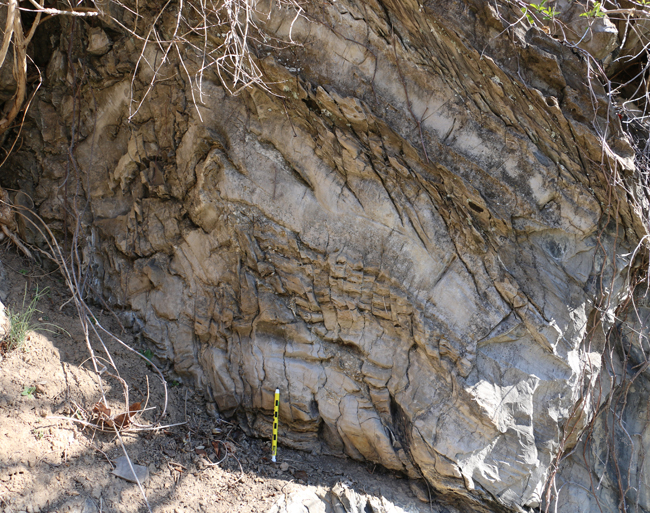Friday fold: Hidden Rock Park, Goochland County
Two weeks ago was the annual Virginia Geological Field Conference, which was centered this year on the Goochland Terrane, an interesting block of crust in the Piedmont which shows some similarities to the Blue Ridge geologic province, but also shows some differences that suggest it’s not just a mini-Blue-Ridge. One of the best exposures was … Read more



